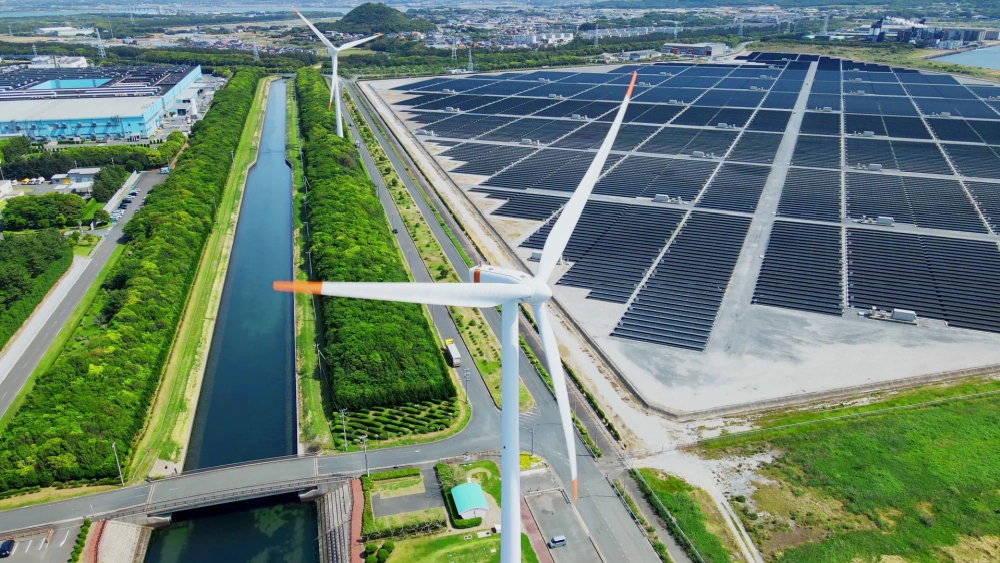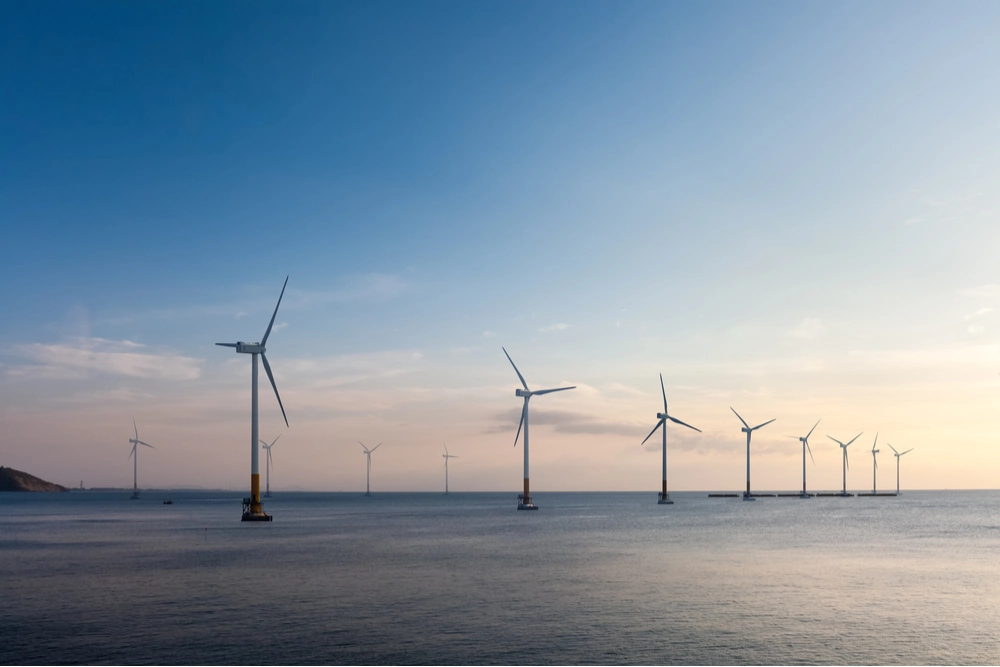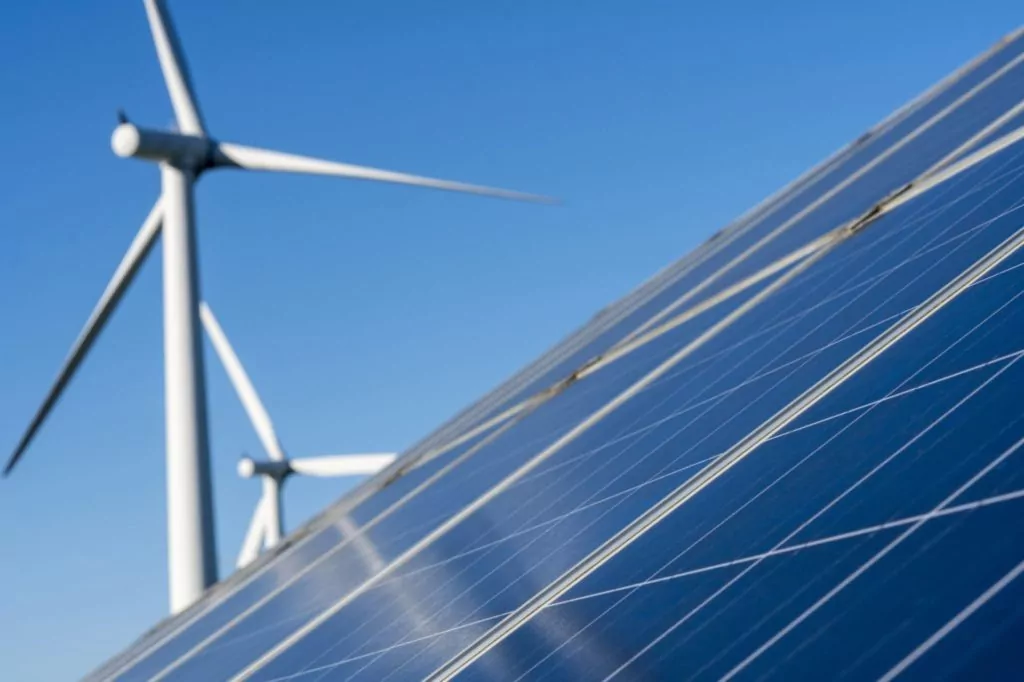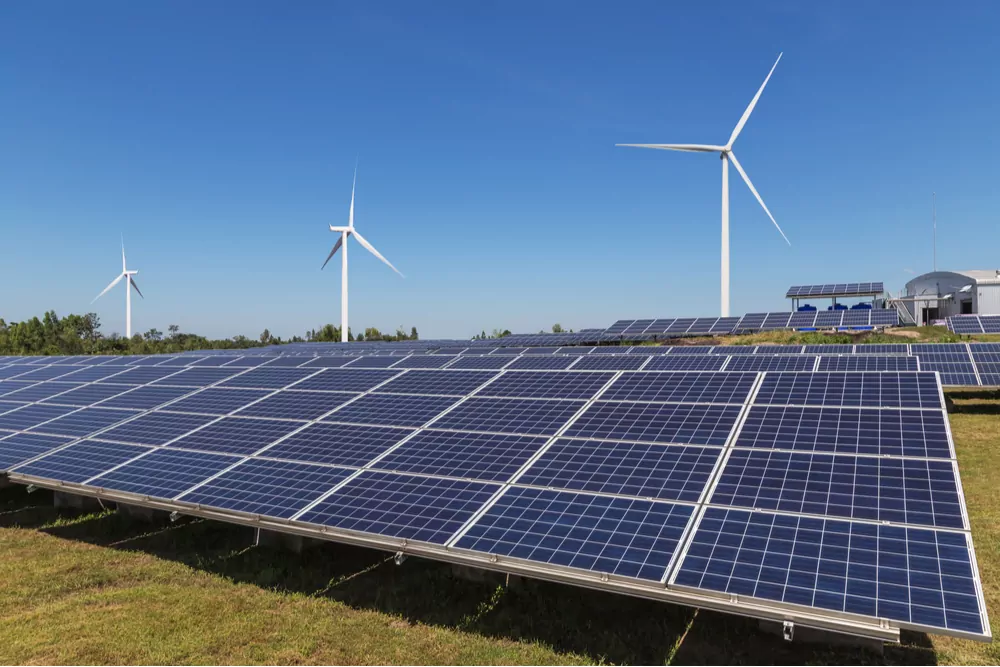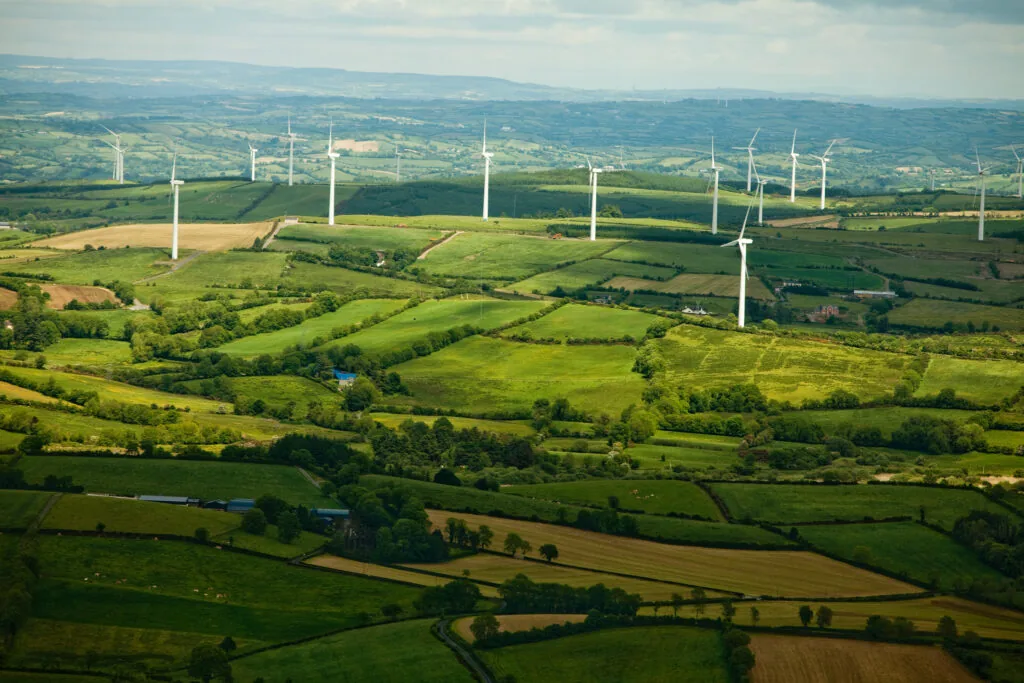
Carbon emission reductions: A brief overview


There are several trading opportunities in the carbon and emission reduction markets. These include the sale and purchase of carbon emission reductions ("CERs") (also known as carbon credits) which reduce the amount of CO2 in the atmosphere or carbon offsets ("COs") which remove CO2 from the atmosphere.
CERs and COs are certified by various certifying bodies, such as Verra and the Gold Standard Foundation, or international accreditation mechanisms, such as the Clean Development Mechanism ("CDM") established by the Kyoto Protocol.
The focus of this article will be on CERs, what they are, the process they have to go through to become verified/certified and what happens following verification/certification. We will also consider some of the things to look out for when it comes to entering into emission reduction purchase agreements ("ERPA"), based on some of the disputes we have seen in this space so far.
What are CERs?
CERs are essentially carbon credits generated from approved project activities which represent reductions in carbon emissions into the atmosphere. Each CER is equivalent to one tonne of carbon dioxide (or any equivalent greenhouse gas ("GHG"). The projects typically involved for this purpose include projects relating to renewable energy, forestry and land use and waste management.
As set out above, for CERs to be certified, the project activities from which they are generated require verification by certifier-approved validation/verification bodies ("VVB") or a 'designated operational entity' ("DOE") under certain international accreditation mechanisms.
What does the verification and certification process look like?
Validation and verification are carried out by a VVB/DOE, while final certification is done by a certifying body. The verification process will ultimately depend on who will be certifying the CERs. For example, Verra has several standards under which CERs can be certified, such as its Verified Carbon Standard or the Climate, Community & Biodiversity Standard. For the purpose of this article, we will be giving a general overview of what the verification process for CERs might look like and will not be focussing on any particular verification body or international accreditation mechanism.
This will inevitably be the first stage of any verification process. The project participant (or ‘proponent’) will draw up a design document either based on a previously approved emissions baseline / monitoring methodology or sometimes propose a new methodology for approval. This will eventually be submitted to the verifying body for review.
Not all projects will require national approval. However, for international accreditation mechanisms, such as the CDM, this will be a requirement. The designated national authority of a relevant member state will have to submit a letter of approval noting their agreement with the project and its contribution to sustainable development goals.
At this stage, the project design is validated by a VVB/DOE. The VVB/DOE will review the project design and ensure it meets the necessary modalities and procedures of the certifying body or international accreditation mechanism.
Once the project has been validated it is usually sent for registration at the registry of the certifying body. This will sometimes involve a further vetting before the project is listed. For some certifying bodies, registration can take place earlier on, around the project design stage. Where this is done, and the project has not yet been (or is not yet in a state to be) validated, this is called a ‘pipeline listing’.
The next stage of the process is ongoing monitoring, where the project participant reviews and ensures that the project is actually meeting the emissions targets as per the project design plan and approved monitoring methodology.
The verification of a project is where the VVB/DOE verifies and confirms that the project has achieved the emission reductions (or removals) its owner says it has in accordance with an approved monitoring plan. Provided the project has achieved its emissions targets, the VVB/DOE will usually issue a written assurance that this has been achieved. At this point, if the project participant had only registered a pipeline listing, they would apply to have this ‘upgraded’ to a verified project listing on the relevant certifying body’s registry.
The final stage of the verification and certification process is issuance of the CERs by the certifying body. This will usually involve final checks of the project documentation, before CERs are issued to the project participants account.
This will inevitably be the first stage of any verification process. The project participant (or ‘proponent’) will draw up a design document either based on a previously approved emissions baseline / monitoring methodology or sometimes propose a new methodology for approval. This will eventually be submitted to the verifying body for review.
Not all projects will require national approval. However, for international accreditation mechanisms, such as the CDM, this will be a requirement. The designated national authority of a relevant member state will have to submit a letter of approval noting their agreement with the project and its contribution to sustainable development goals.
At this stage, the project design is validated by a VVB/DOE. The VVB/DOE will review the project design and ensure it meets the necessary modalities and procedures of the certifying body or international accreditation mechanism.
Once the project has been validated it is usually sent for registration at the registry of the certifying body. This will sometimes involve a further vetting before the project is listed. For some certifying bodies, registration can take place earlier on, around the project design stage. Where this is done, and the project has not yet been (or is not yet in a state to be) validated, this is called a ‘pipeline listing’.
The next stage of the process is ongoing monitoring, where the project participant reviews and ensures that the project is actually meeting the emissions targets as per the project design plan and approved monitoring methodology.
The verification of a project is where the VVB/DOE verifies and confirms that the project has achieved the emission reductions (or removals) its owner says it has in accordance with an approved monitoring plan. Provided the project has achieved its emissions targets, the VVB/DOE will usually issue a written assurance that this has been achieved. At this point, if the project participant had only registered a pipeline listing, they would apply to have this ‘upgraded’ to a verified project listing on the relevant certifying body’s registry.
The final stage of the verification and certification process is issuance of the CERs by the certifying body. This will usually involve final checks of the project documentation, before CERs are issued to the project participants account.
How are CERs traded?
Once CERs have been issued following verification, they will be held in the account of the project participant. From here, there will be various ways for them to be transferred and how this is done will ultimately depend on the certifying body under whose registry the CERs have been certified and their individual accounts rules.
Some registries allow private entities to set up accounts into which a project participant's certified CERs credits can be transferred, following a private agreement between the parties. Usually, an ERPA or similar will be in place between the parties for this purpose. Under international accreditation mechanisms, accounts will usually be limited to project participants who have been approved by a national governmental authority ("NGA") and the NGA itself. Alternatively, they can usually be transferred to national emissions registry accounts approved under the international accreditation mechanism, such as the UK Emissions Trading Registry.
The UK Emissions Trading Registry is a product of the UK Emissions Trading Scheme ("UK ETS") which was set up on 1 January 2021 following the UK's departure from the EU. Previously, trading had taken place under the EU Emissions Trading Scheme. The UK ETS was predominantly established as a 'cap and trade' scheme to reduce GHG emissions in energy-intensive industries, the power generation sector and aviation. However, it is possible to hold trading accounts "for the holding and trading of UK allowances as an activity unrelated to UK ETS compliance" as well as person holding accounts for trading in international CERs. That way, it is possible for international verified CERs to be transferred from the international project participant's account into the trading account of a buyer operating under the UK ETS or similar national registry account.
In terms of any agreement dealing with the trading of CERs, it will ultimately be down to the parties to negotiate their own ERPA dealing with relevant projects, payment mechanisms and requirements for the transfer of the CERs.
What should you look out for when entering into ERPAs?
With climate action playing an increasingly large role for many clients, and based on some of the agreements we have seen so far in this space, there are a number of things to watch out for when entering into an ERPA or similar trading agreement relating to CERs.
The transfer of the CERs – The process for transferring the CERs is an important one to get right. Should CERs be transferred before or after payment? If transfer takes place prior to payment, does either party need to take any action for the transfer to take place (e.g. does the transferor need to serve notice of the upcoming transfer or does the paying party have to confirm that they will accept delivery or otherwise 'call' on the transfer to be effected?)? These are all relevant considerations and parties are encouraged to think carefully about the transfer requirements and any risks involved.
The payment mechanism – Similar to the point about, the payment mechanism must be clear. Other than the considerations above, will payment be carried out as one lump sum or will payment take place in instalments (and if so, when and by what trigger?)? Once the transfer of the CERs has been affected, how soon must payment take place? How will the transfer be evidenced (e.g. by invoice)?
Ownership / title issues – This is another area where issues can arise if not given proper consideration. The parties must weigh up the risk involved in the passing of title to the CERs once they have been transferred. The agreement should set out at which point ownership passes (e.g. upon transfer by the seller or upon receipt by the buyer). From what we have seen, a standard position is that title will pass upon receipt of the CERs in the buyer's account, thereby triggering the payment mechanism. Although this does involve some risk for the seller, should payment not be forthcoming, the agreement will usually offer the seller termination rights and the option of pursuing any unpaid debts through court proceedings or other dispute resolution provisions.
Disputes and termination provisions - From what we have seen in the way of disputes thus far, common breaches of contract happen where a selling party seeks to pull out of an agreement either because they can get a better price elsewhere or otherwise because they realise their project will not be able to produce the expected amount of CERs in the long term. The other side of that coin is where a buyer realises that the same amount of CERs can be bought at a better price than what their agreement states, thereby giving them a reason to try to get out of buying the agreed CERs at a higher-than-necessary cost. Therefore, the agreement should be clear on any dispute resolution mechanism, as well as termination rights and liability in the event of breach.
Comment
The verification and certification of CERs can be a lengthy and complicated process for project participants and there are many key considerations at the trading stage. Given that carbon markets are a growing area, we are seeing more disputes arising in this space, which poses reputational risks for the parties involved.
As carbon credits become more frequently traded and the market becomes more sophisticated, it will be increasingly important for those participating in that market, both in terms of project participants and those selling and purchasing CERs to fully understand the verification and certification process and to ensure that their ERPAs accurately reflect the steps, rights and duties to minimise any risks involved and satisfactorily resolve any disputes that may arise.
This article provides a very high-level overview of the topic and those interested are encouraged to take legal advice before starting out in this space or entering into an ERPA.



